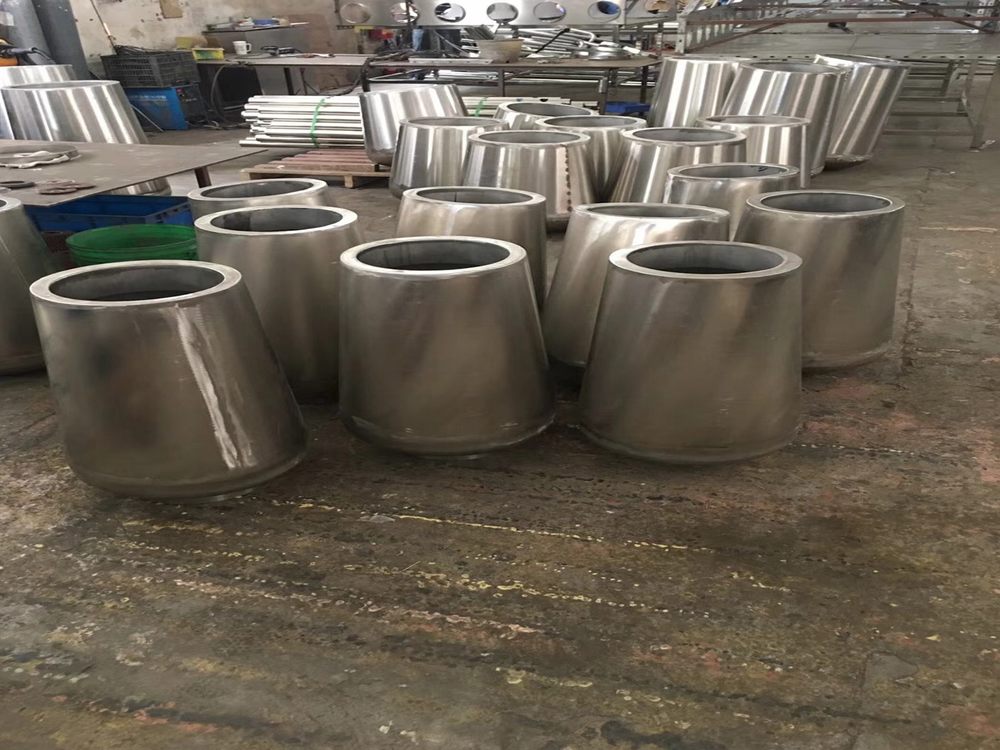
Thermal stress cracks in welded metal sculptures can compromise both aesthetics and structural integrity. To prevent these issues, artists and fabricators should adopt the following best practices:
1. Preheat the Metal: Gradually heating the metal before welding reduces temperature differentials, minimizing stress buildup. This is especially critical for thick or high-carbon steels.
2. Control Cooling Rates: Slow cooling allows stress to dissipate evenly. Use insulating blankets or sand to slow the cooling process post-welding.
3. Choose Suitable Filler Materials: Match filler metals to the base material’s composition to ensure compatibility and reduce residual stress.
4. Implement Proper Welding Techniques: Techniques like backstepping or stitch welding distribute heat more evenly, preventing concentrated stress points.
5. Post-Weld Heat Treatment (PWHT): Annealing or stress-relieving the welded area can realign the metal’s grain structure, reducing crack risks.
6. Design with Stress Relief in Mind: Avoid sharp corners and abrupt thickness changes in the sculpture’s design to distribute stress naturally.
By combining these methods, artists can create durable, crack-free metal sculptures that withstand thermal stresses over time.

